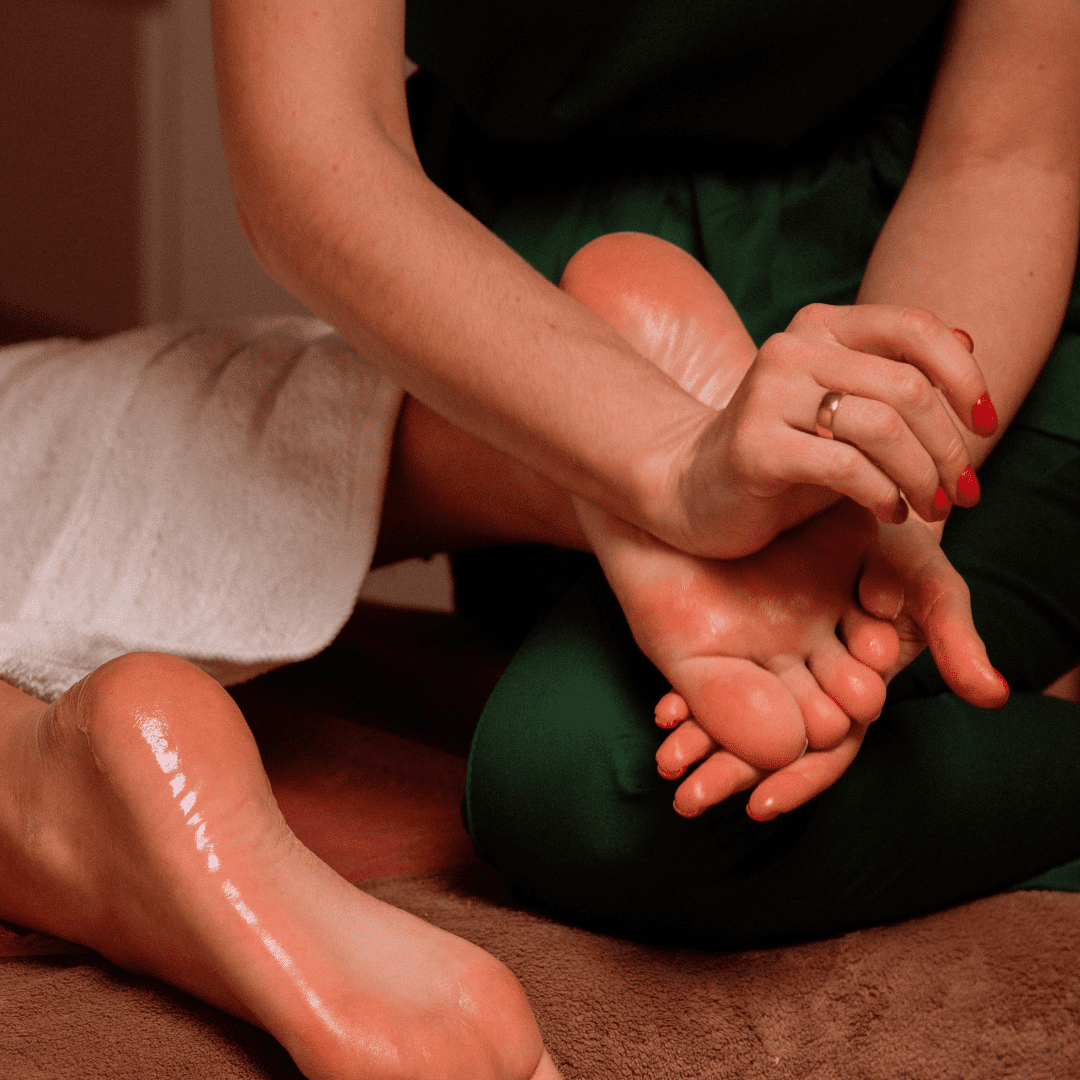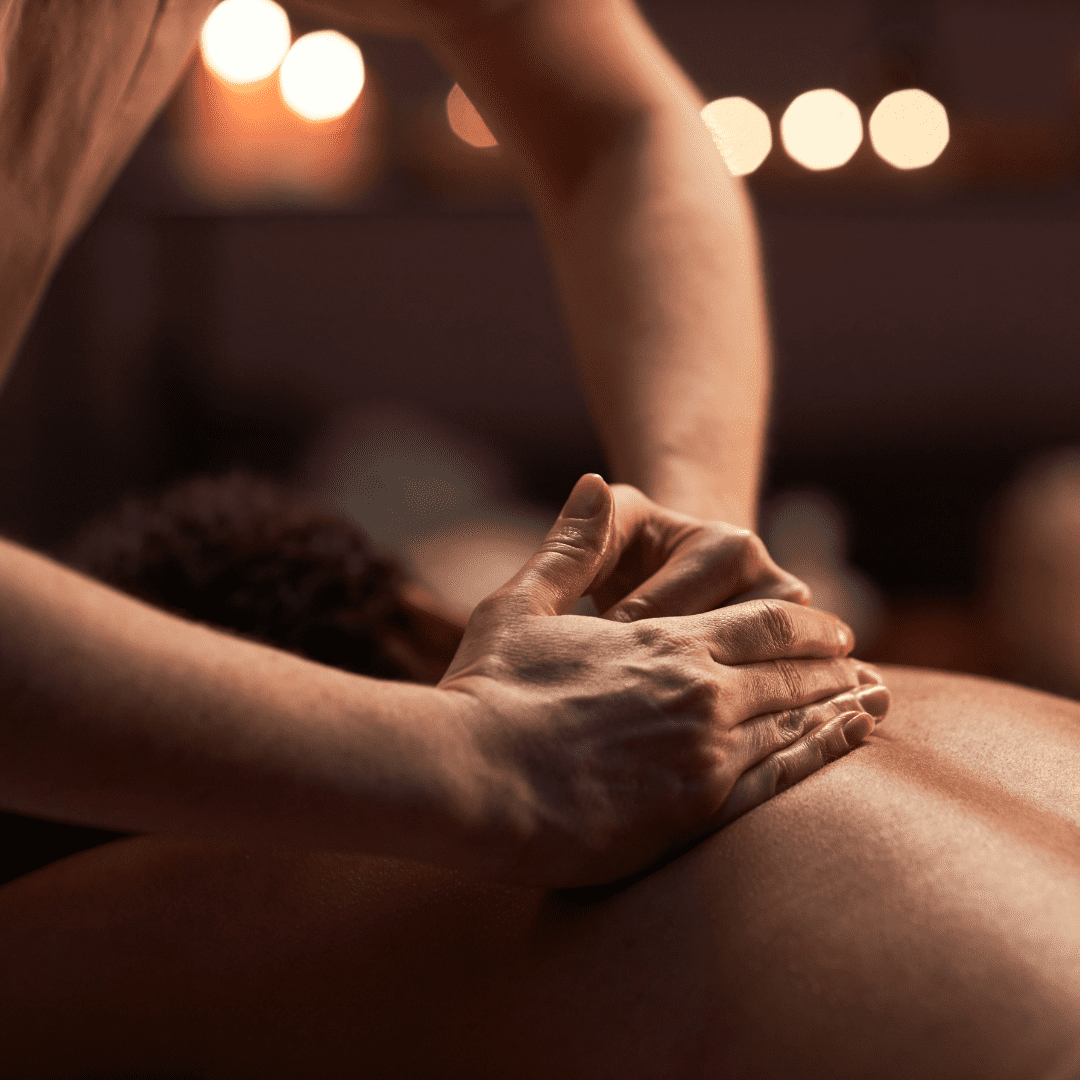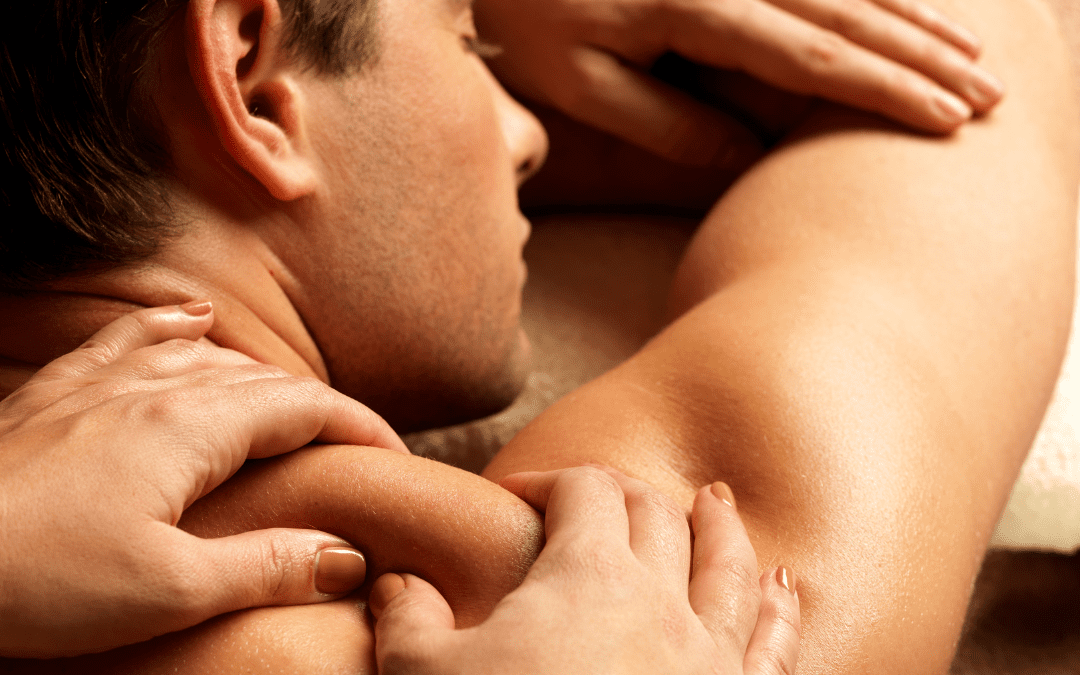After intense training, your muscles tell a story of microscopic damage, inflammation, and metabolic waste accumulation. Massage therapy isn’t just a luxury; it’s a science-backed recovery tool that can reduce your DOMS by up to 30% while enhancing circulation to flush out lactic acid. You’ll notice the difference when tight hamstrings release, sleep improves, and recovery timelines shorten. However, the correct technique at the ideal time makes all the difference in how effectively this therapy works for your specific athletic demands.
Understanding How Massage Influences Post-Run Recovery
When you finish a strenuous run, your muscles enter a vital recovery phase where massage can make a notable difference. Research shows that even a 10-minute application of effective massage techniques significantly reduces delayed-onset muscle soreness (DOMS), accelerating your recovery timeline.
Massage works on multiple physiological levels by enhancing blood circulation, which delivers oxygen and nutrients to fatigued muscles while efficiently removing metabolic waste like lactic acid. This process directly impacts muscle soreness and speeds healing.
Beyond physical benefits, massage reduces cortisol levels, promoting deeper relaxation methods that improve sleep quality, an essential but often overlooked component of athletic performance.
Key Physiological Benefits of Regular Massage Therapy

While the mind focuses on athletic performance, your body’s complex recovery systems gain remarkable support through regular massage therapy.
Research confirms that massage greatly enhances circulation, delivering essential nutrients to muscles while efficiently removing metabolic waste products like lactic acid. You’ll experience significantly reduced delayed-onset muscle soreness (DOMS), with studies showing even a 10-minute massage provides substantial relief after intense workouts.
Regular sessions yield measurable improvements in flexibility—athletes receiving bi-weekly 30-minute massages outperform those using static stretching alone.
Aside from physical benefits, massage therapy lowers cortisol levels, promoting stress reduction and improved sleep quality.
Perhaps most beneficial is massage’s role in injury prevention. It identifies and addresses tight or strained muscles before they become problematic, keeping you consistently performing at your peak capacity.
Types of Massage Techniques Effective for Athletes
Athletes seeking ideal recovery can choose from several specialized massage techniques, each offering unique benefits for performance and healing.
Swedish Techniques employ gentle strokes that enhance circulation and relieve general fatigue, making them perfect for post-workout recovery.
Deep Tissue methods apply firmer pressure to target chronic pain in overworked muscles for deeper muscle tension.
Myofascial Release focuses on the connective tissue surrounding your muscles, improving flexibility and range of motion essential for peak performance.
When dealing with specific pain points, Trigger Point therapy addresses those localized muscle knots that restrict movement.
Incorporating these Recovery Massage approaches regularly yields cumulative benefits—you’ll experience enhanced flexibility, accelerated recovery times, and reduced muscle soreness, ultimately supporting your athletic goals and preventing potential injuries.
Preventing Common Running Injuries Through Targeted Massage
Although running offers numerous health benefits, it significantly stresses your body’s musculoskeletal system, making preventive care essential for longevity in the sport.
Targeted massage therapy directly addresses muscle tightness relief, particularly in areas prone to overuse, like IT bands and calves, preventing shin splints and tendonitis.
Implementing injury prevention strategies through consistent massage can reduce injury frequency by identifying muscle imbalances before they cause problems.
You must adjust your recovery timeline to include athlete-specific techniques focusing on your unique biomechanics and running style.
Research confirms that holistic healing approaches combining massage with stretching and strength training create a more resilient runner.
Optimizing Recovery Windows: When to Schedule Your Massage
Strategic timing of massage therapy can greatly amplify its recovery benefits for runners at every level. Schedule your treatment 3-5 days before the event for ideal pre-race timing to enhance muscle relaxation and performance readiness without risking soreness on race day.
Post-race scheduling is equally critical—allow 3-5 days after completion before seeking a massage to support recovery when your body can best harness the circulatory benefits.
Your recovery frequency should align with training intensity and injury history. Consistent weekly or bi-weekly sessions deliver cumulative benefits to flexibility and muscle tension reduction.
Pre-event massages are valuable performance enhancement tools that improve range of motion and loosen tight muscles.
Develop a personalized schedule that considers your training cycle, race calendar, and recovery needs.
Complementary Recovery Practices to Enhance Massage Benefits

While ideal massage timing creates the foundation for recovery, combining massage with complementary practices can greatly amplify its benefits.
Implement energetic stretching techniques immediately post-massage to maintain newly gained flexibility and prevent muscles from returning to their shortened state.
Adopt hydration strategies, such as consuming 16-20 ounces of water following treatment to flush metabolic waste products released during massage.
Incorporate foam rolling between professional sessions to target persistent trigger points and promote the continued myofascial release.
Don’t remain sedentary after treatment; engage in light activities like walking or gentle yoga to keep muscles active and circulation flowing.
Finally, supports tissue repair with balanced nutrition, focusing on protein for muscle rebuilding and anti-inflammatory foods that reduce soreness.
This integrated approach maximizes your recovery potential.
Creating Your Personalized Massage Recovery Plan
How effectively you recover determines your long-term running success, making a tailored massage plan essential rather than optional.
Evaluate your personal goals, training intensity, and injury history to establish your ideal session frequency. Sessions are typically more intensive during peak training.
Strategically time your massages around important workouts, scheduling pre-event sessions 3-5 days before races and post-event recovery 3-5 days after completion.
Select recovery techniques that target your specific needs, combining deep tissue work for persistent muscle tightness with myofascial release for improved flexibility.
Maintaining consistent therapist communication about pain points and performance changes allows your provider to adjust treatments as your training evolves.
Enhance outcomes by integrating complementary practices like foam rolling, stretching, and proper hydration between professional sessions.
Elevate Your Recovery with Intention and Expertise
You’re not just healing—you’re investing in tomorrow’s performance. Like a craftsman sharpening their tools, regular massage therapy recalibrates your body’s internal mechanisms, transforming recovery from passive waiting to active restoration. Implement your personalized massage protocol within 24–48 hours post-exertion when inflammation peaks. Your muscles will respond with improved function, decreased soreness markers, and enhanced biomechanical efficiency for your next training session.
At Tea Garden Spa, we specialize in athletic recovery massages tailored to runners, lifters, and high-performing individuals who understand that rest is a weapon. Nestled on the scenic grounds of the historic Elk Forge Inn, our tranquil setting offers not only expertly delivered massage therapy but also a restorative experience for mind and body. Whether recovering from a marathon, prepping for your next competition, or simply optimizing your fitness lifestyle, our therapists support your journey with science-backed techniques and individualized care.
Ready to take your recovery seriously? Schedule your personalized athletic massage session today and feel the Tea Garden Spa difference for yourself. Your next personal best starts with how well you recover.

